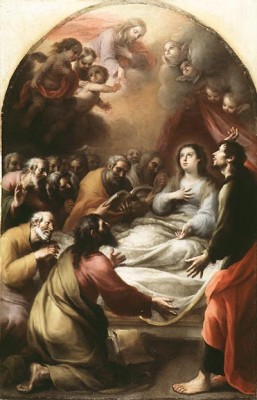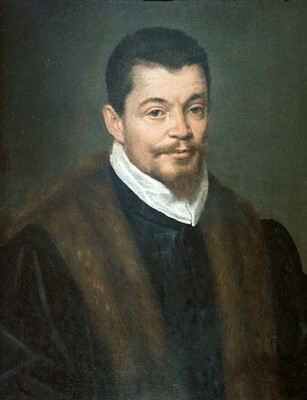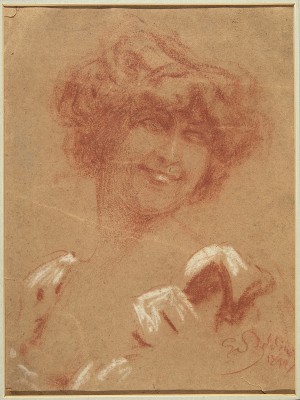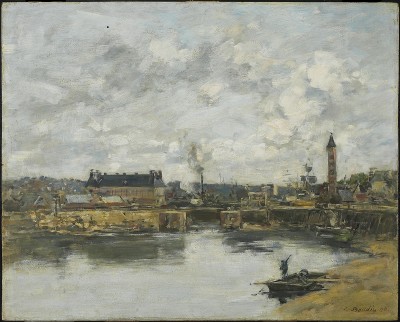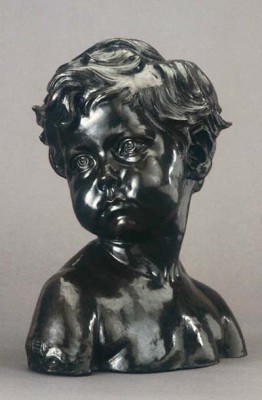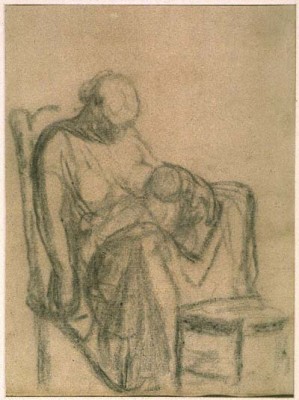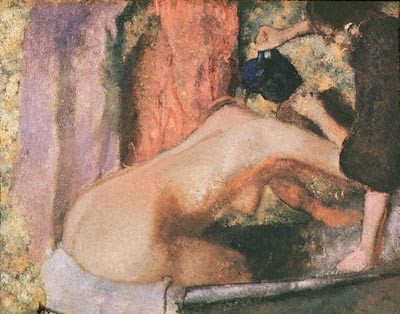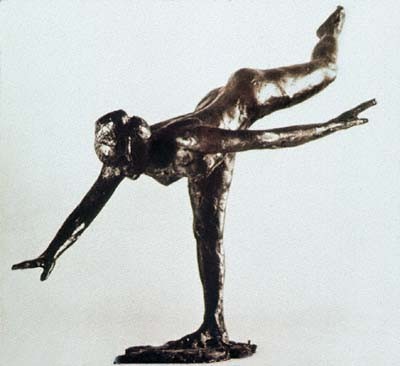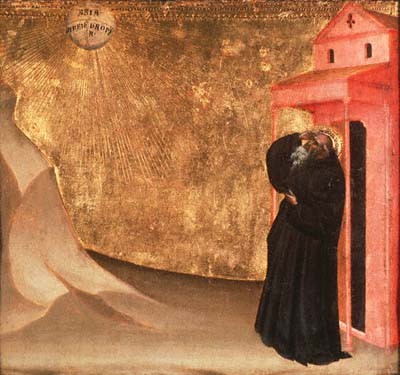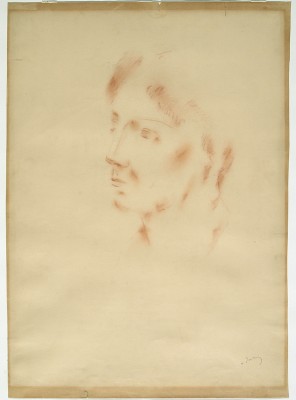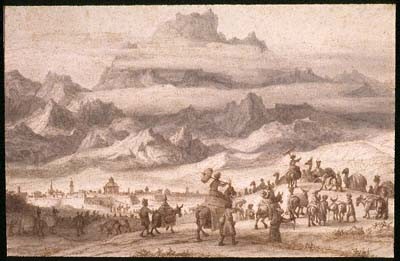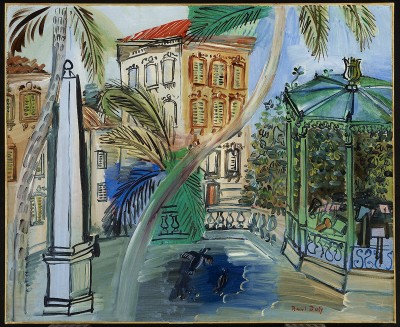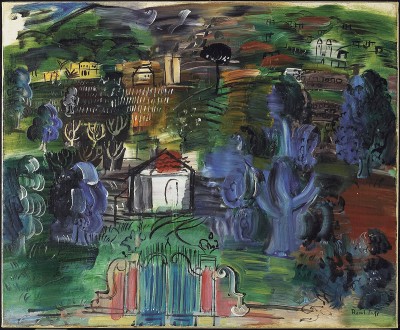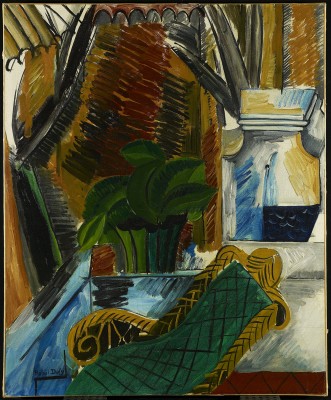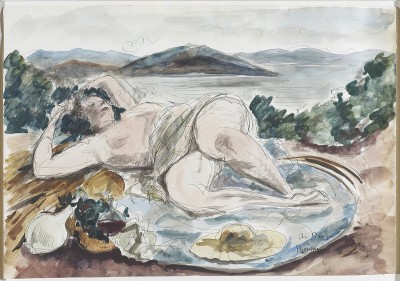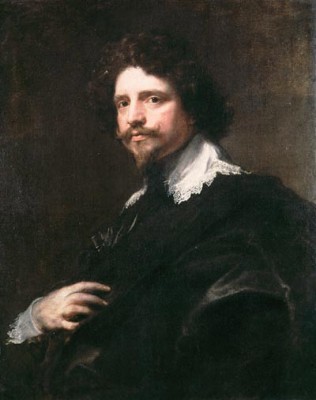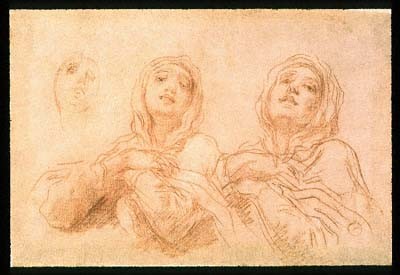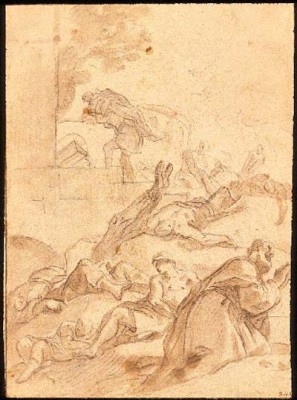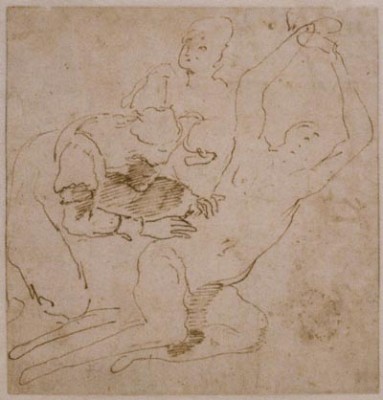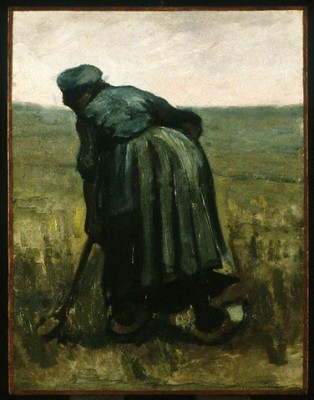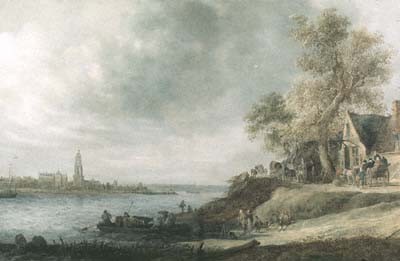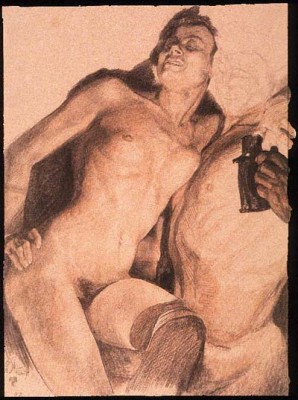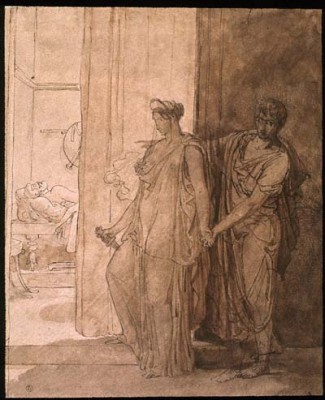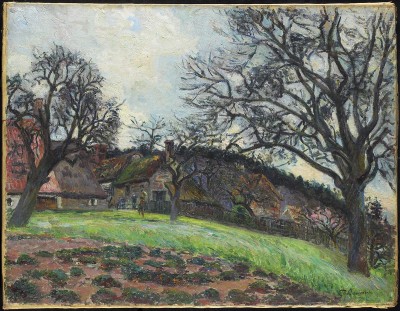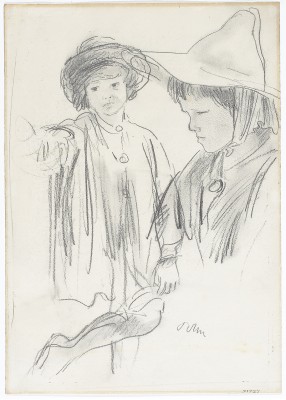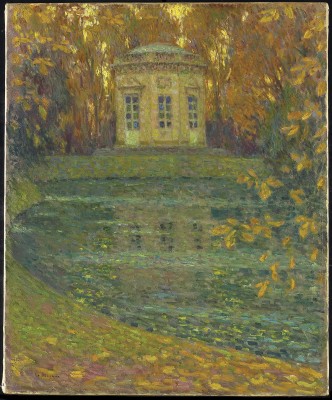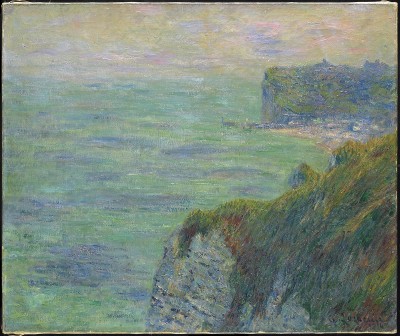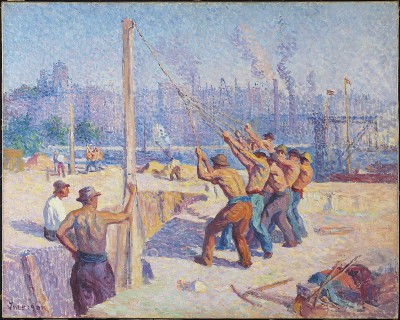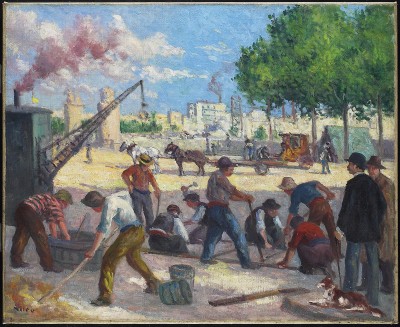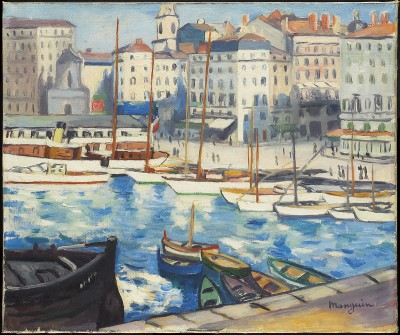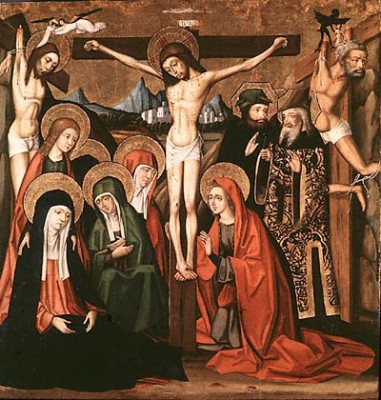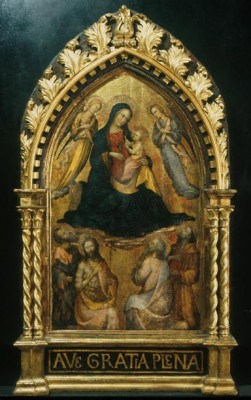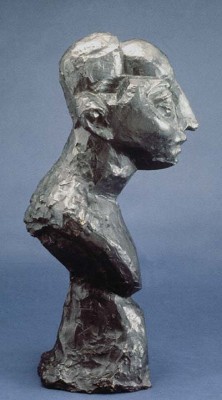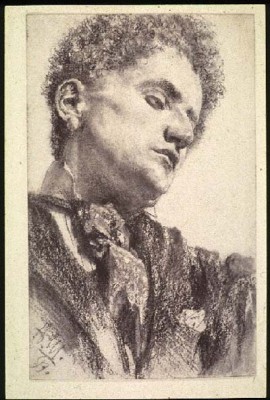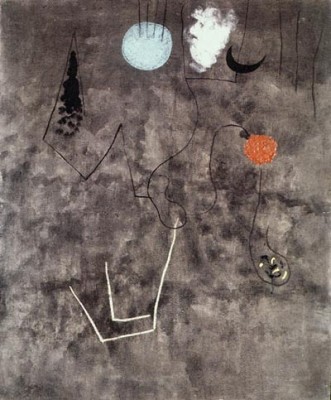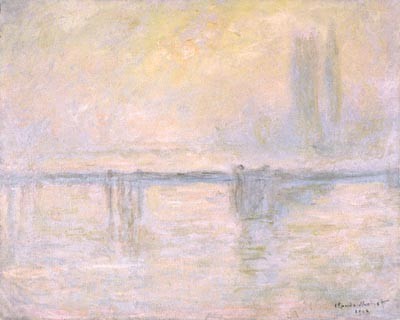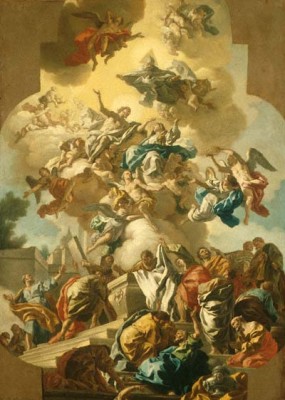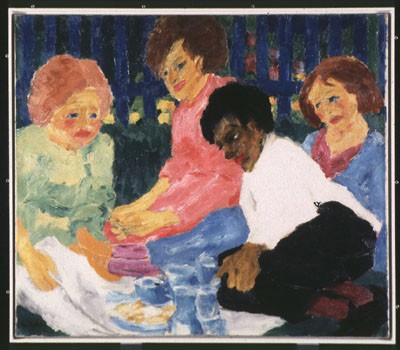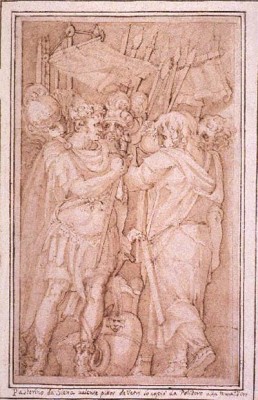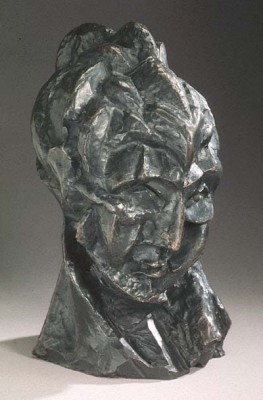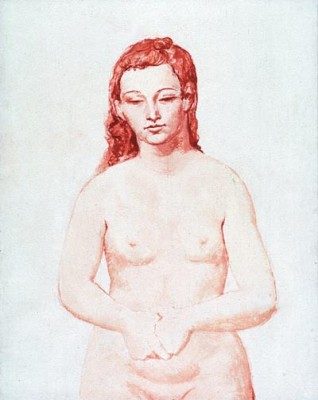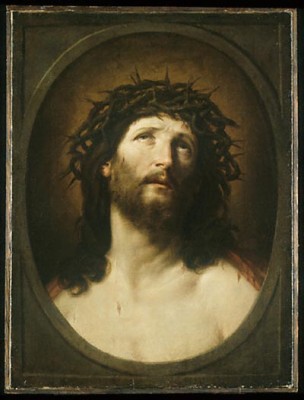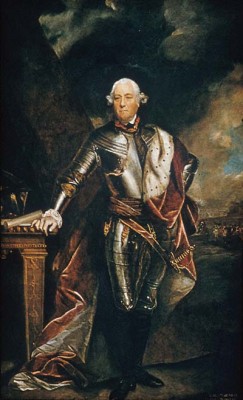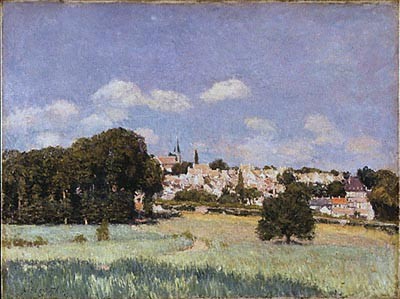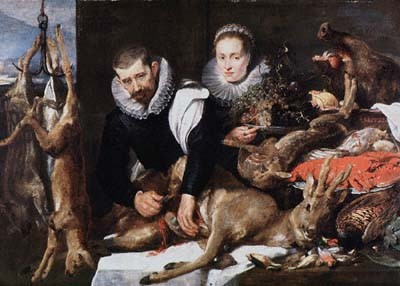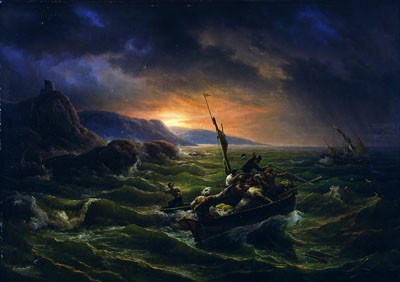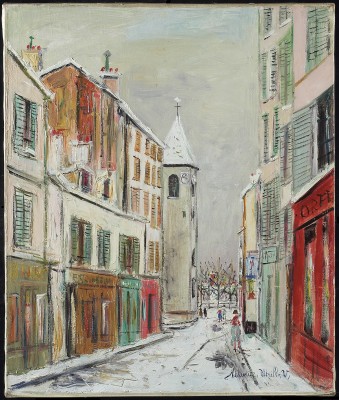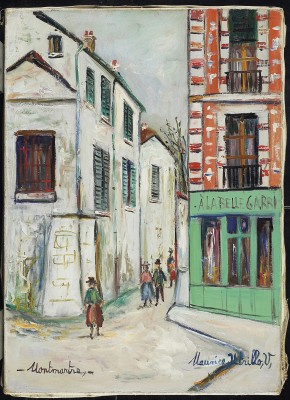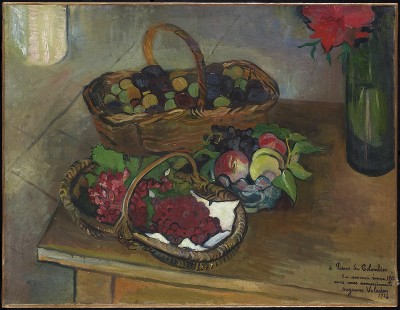WHAT IS PROVENANCE?
Provenance refers to the ownership history of a painting – who owned it and when, from the time of its creation to the present. The study of provenance is a traditional part of art historical research and helps us to better understand the artwork – its function, condition, authenticity and its place in historical collecting practices.
WHAT IS PROVENANCE RESEARCH?
The AGO is committed to investigating the provenance or history of ownership of works in the AGO Collection its collection as they are acquired, for art historical as well as legal and ethical reasons. The AGO believes stolen or looted objects have no place in a public museum. Having a complete provenance for a given work of art is often difficult if not impossible to establish and does not mean that the work was looted or stolen, only that the complete ownership history cannot be reconstructed today. Research into artworks is ever-evolving as resources and archives become available.
Provenance research at the AGO is overseen by the museum’s Provenance, Repatriation and Restitution Committee, made up of employees from various departments. Established in 2020, and operating in accord with national law, international conventions and principles, the Committee assesses all collecting areas, with focussed attention on Indigenous and African works as well as works that may have been in Europe during the Nazi regime (1933-1945). The committee can suggest repatriation in response to requests received from First Nations, or have materials designated as needing repatriation. If a work in the AGO Collection is determined to have been confiscated or sold under duress, the committee will work to identify the rightful owner or heir and restitute the work of art.
Questions for the AGO Provenance, Repatriation and Restitution Committee can be directed to Liana Radvak, Registrar, Collections Information & Image Resources.
Please use the guide to read Gallery provenance texts:
- Provenance is listed in chronological order, beginning with the earliest known owner.
- Dealers, auction houses or agents appear in parentheses.
- Relationships between owners and methods of transactions are indicated by punctuation: a semicolon is used to indicate that the work passed directly between two owners (including dealers, auction houses, or agents), and a period is used to separate two owners (including dealers auction houses or agents) if a direct transfer did not occur or is not known to have occurred.
- Footnotes are used to document or clarify where critical gaps in provenance exist.
OWNERSHIP RESOLUTIONS
The Provenance, Repatriation, and Restitution Committee works in accordance with the AGO’s Acquisition and Deaccessioning to resolve ownership issues relating to works in the AGO Collection.

